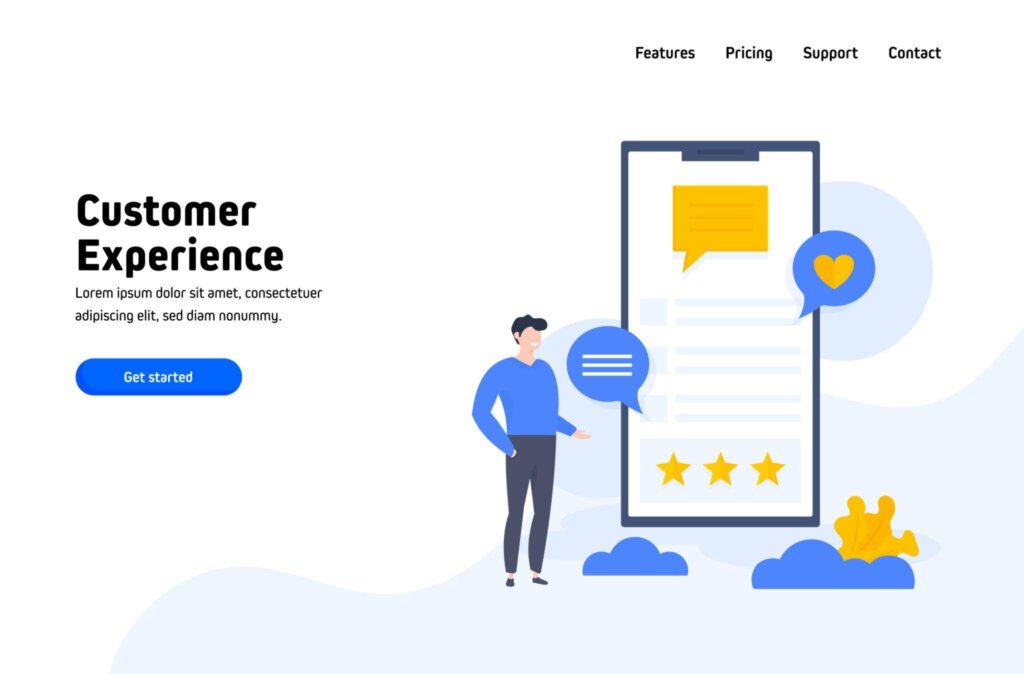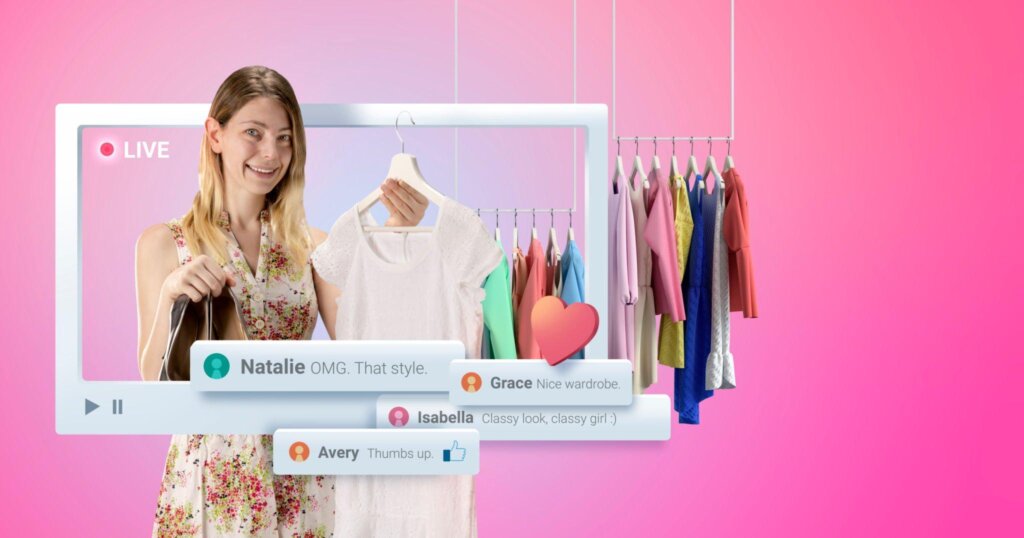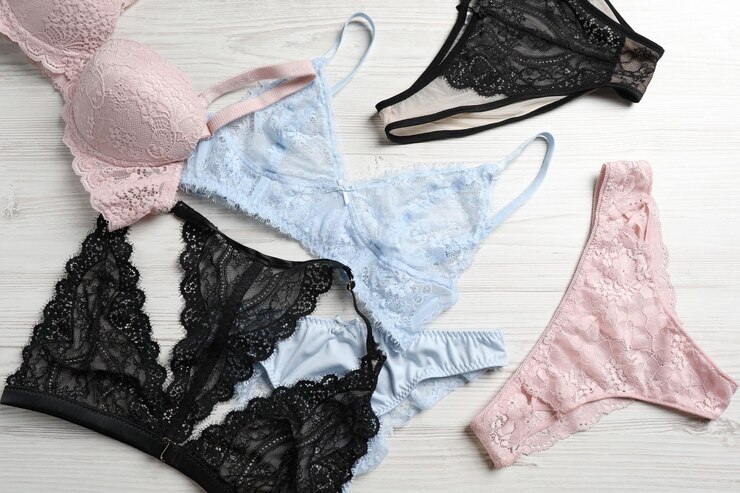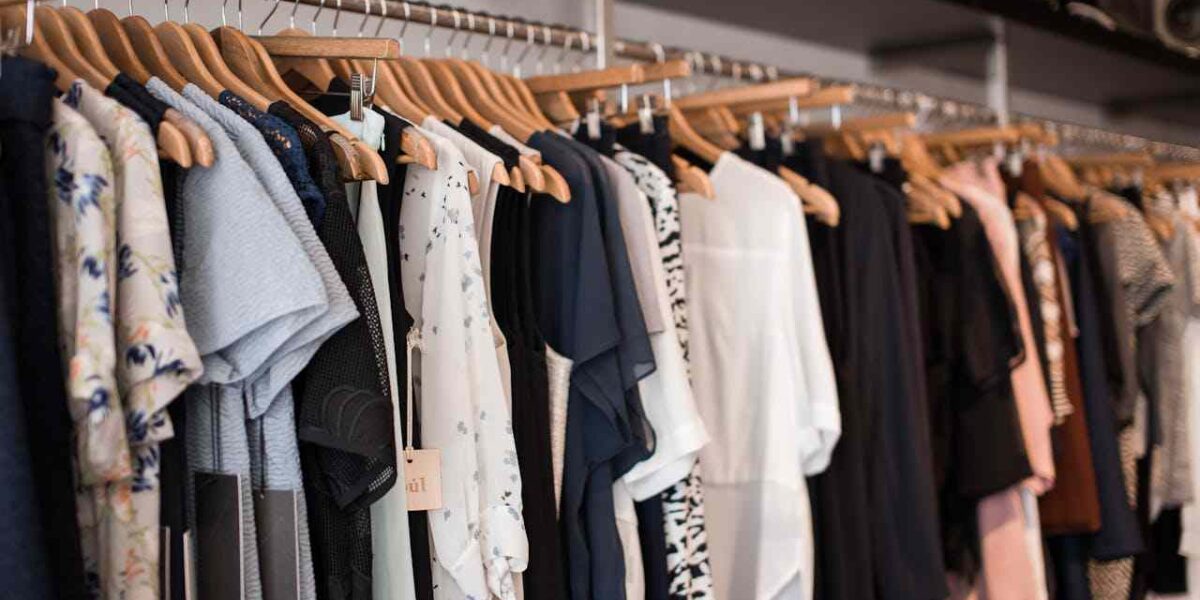Fashion is a terrific business to be in because there is such a widespread need for it, yet fashion marketers face difficulty. Like the food and beverage business, the fashion industry has an extremely crowded and cutthroat marketplace. If you want to get recognized, your fashion marketing must be outstanding. Why? Since Statista reports that the US apparel market is the biggest in the world,
We have created a comprehensive list of marketing plans for clothing brand producers and businesses to better understand how to establish themselves as the most well-liked clothing marketing strategies.
What Is a Fashion Marketing Strategy?

Fashion marketing is the process of promoting and advertising fashion to the target market using a variety of media.
Choosing the target audience for the clothing is the most crucial component of fashion marketing. Choosing how things will be presented in stores is another component of fashion marketing; here, originality and resourcefulness are beneficial.
Keeping up with trends and having a good eye for the ideal time to begin a campaign to create the desired impression are also included in this. A background in marketing is advantageous because it gives one insight into analytics and consumer trends.
How Do You Create a Marketing Strategy For a Fashion Brand?
The fashion industry needs to investigate both traditional and digital strategies because consumers are increasingly interested in clothing brand marketing plans in particular.
Here are a few quick and easy clothing marketing ideas you can create that can help you get outstanding results.
Maintain The Same Visual Identity For Your Brand Throughout All Of Your Marketing Endeavors
The most prosperous fashion companies have a consistent aesthetic. Consider Ralph Lauren. Throughout my lifetime, the brand’s aesthetic has stayed constant: when I think of this company, navy blues, whites, reds, polo, preppy, and classic all come to mind. The business plan for the apparel brand has done an outstanding job of maintaining the consistency of its branding and marketing year after year.
Concentrate On Your Top Sales
This advice may sound obvious, but fashion marketers are frequently tempted to capitalize on the latest fads or fashions that are available. These are viable options, but never lose sight of the true winners. Your top-selling books are called “best sellers” for a reason!
Promote The Collection With Facebook And Instagram

Did you know there is a way to allow your customers to make purchases without even logging out of their priceless Facebook and Instagram accounts?
These gorgeous displays—you may have seen them before—display a main image or video with four supplementary images or movies. When a user clicks, they can make any purchases they choose. It looks nice, no? Why not provide your audience with even another way to purchase from your company?
Analyze Your Price Point
You must avoid being too cheap in order to compete in the market, but you must also avoid charging too little in order to turn a fair profit. Look at your costs to determine whether it makes sense to lower your pricing point. You may also assess your prices in relation to those of your competitors to see if your fashion brand strategy example is overcharging or undervaluing its value.
Ensure That Your Clients Are Aware Of Their Shopping Carts.
Did you realize that 70% or more of internet shoppers leave their shopping carts unfilled? I’m usually one of those buyers. It’s understandable why, given the numerous diversions we face every day. This calls for you, the fashion brand strategist, to put strategies in place to remind these easily distracted customers of what is left in their cart.
Set up a method (or numerous systems) to persuade these customers to complete what they started, whether it be an email campaign, remarketing advertisements, or social reminders.
Expand The Range Of Available Goods
The product portfolio must be constantly improved and expanded for the apparel industry to thrive and remain profitable. For instance, during the epidemic, some clothing brands launched their mask product lines, turning what was once a necessity into a statement piece.
Furthermore, businesses may need to specialize their manufacturing process by establishing a factory-within-a-factory structure with different divisions that are all concentrated on a certain stage of the manufacturing process.
Think About Vertical Integration
The apparel industry should consider forward or backward vertical integration as it improves the supply chain and offers various cost advantages. Larger apparel companies may think about making investments in the production and printing of textiles, while textile producers must concentrate on the creation of clothing and extensive exports.
Increasing Conversions With Instagram Stories
Instagram’s simplicity of influencer marketing (which we discuss in more detail later in this post) makes it clear why engagement is so high. Instagram is also one of the more visually appealing sites, emphasizing photos in the Instagram feed and allowing users to publish Instagram stories or even operate IGTV, which is the social media platform’s take on YouTube.
Last but not least, accessing your site from Instagram is simple. Customers can swipe up or click on a call-to-action button when viewing an Instagram story that you are running.
Adapt The Experience For Each Customer

Even before they contact your website, more than half of customers need some sort of personalization.
The above makes sense. Since someone found your website, it isn’t just a pure coincidence. PPC ads, Instagram stories, influencer marketing, organic search results, and other methods were used to direct them to your online business.
By putting in some effort on your end and making an inquiry on their end, they were led to your store.
We want to see personalization in these two crucial areas when it comes to customization:
- The retail setting
- Advertisements that are retargeted
Make Certain Clients Understand How To Use Your Product
The function and appearance of clothing People view your advertisements for jeans, dresses, shirts, and other items. They also aspire to have the same appearance as the advertisement’s subject.
The advertisement features a variety of clothing items. Typically, it consists of a model or a variety of outfits that have been well-styled, coated with alluring lighting, etc.
Your customers can interact with how your apparel should be worn by creating a style guide for it using a clothing design app.
A style guide can also assist you with upsells because your consumer will now want to finish the look.
Know Your Buying Audience, Not Just Your Intended Audience
Have you already identified your target audience, or do you already know who they are? There is a sizable distinction. The menswear business, Blank Label, had to change after a few years in business.
Fang Bi, one of the founders, claimed that they started the business while they were very young to appeal to “hipsters, artists, and other creative types.” The founders of Blank Label promoted “co-creation” using this platform. The company used its contacts in China to manufacture the dress shirt you requested, which you helped design.
However, following some initial success, the two founders of Blank Label decided to examine customer data. They distributed questionnaires and examined all the data at their disposal.
Utilize Influencers For Your Fashion Marketing To Increase Social Proof
When asked how essential it is to them to check customer reviews before making a purchase, 73% of millennial consumers responded positively.
To get evaluations, though, buyers must make a purchase. How can you end this vicious cycle and build your brand using content that offers real value? In influencer marketing, you make investments.
Establish a Blog To Increase Organic Brand Traffic
A company’s website accounts for 60% of the research that millennial customers, who account for 85% of the market, conduct
This is when your blog comes into play. A blog demonstrates your authority as a fashion brand marketing strategy. Why suggest that a customer purchase your clothing or jewelry from one website while directing them to another to read about the newest fashion trends?
Developing blog content that is interesting, valuable, and pertinent
- Makes your website the go-to resource for anything about your brand and industry,
- Increases engagement time
- Results in shares on several social media outlets
- Strengthens the bond between your brand and your customers
What Are The Five Top Strategies For The Fashion Business?
It can be challenging for clothing manufacturers to keep up with all the changes and maintain themselves when they operate in such a dynamic sector. To increase their profitability, clothing companies should implement the five tactics outlined below:
Here are the top five apparel marketing strategies recommended for the fashion industry:
1. Branding

Branding is more significant in the fashion industry than it is in nearly any other industry. Being distinctive from the competition requires a clear and bold branding strategy.
2. Event Sponsorship

Getting your business noticed by your target audience is easy when you sponsor an event. Several benefits, including goodie bags with your items included and logo placement, come with event sponsorship.
3. Marketing With Social Media And Influencers

Similar to print advertising, social media marketing for fashion brands aims to increase brand recognition and reputation. In contrast, influencer marketing aims to increase sales through an influencer’s advocacy of a product.
4. Product Promotions

Product placement in the context of fashion refers to paying to have clothing from your business displayed in the media. Anything from an independent film to the red carpet might be this.
5. Relationship Marketing

Once you’ve nailed your brand, it’s time to look for other brands to collaborate with. To do this, collaborate on a product that includes the individual qualities of each brand.
Conclusion
You have the chance to connect with billions of online buyers all over the world as a new fashion brand. If you’re prepared to launch your fashion company, start by increasing awareness with a blog and a robust social media presence. As you go, make sure to submit high-resolution images and copy (language) that conveys your brand’s identity.
Consider using sponsored advertisements that link to your e-commerce site once you’ve begun to get traction on social media. Include calls to action (CTAs) that are obvious and encourage them to buy from you. You may meet new clients and establish your reputation as a brand in the fashion sector with a little effort.




